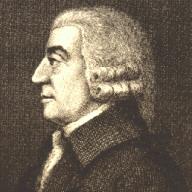The Hindenburg's Interior
This topic is 3788 days old and is no longer open for new replies. Replies are automatically disabled after two years of inactivity. Please create a new topic instead of posting here.
-
Recently Browsing 0 members
- No registered users viewing this page.


Recommended Posts
Archived
This topic is now archived and is closed to further replies.